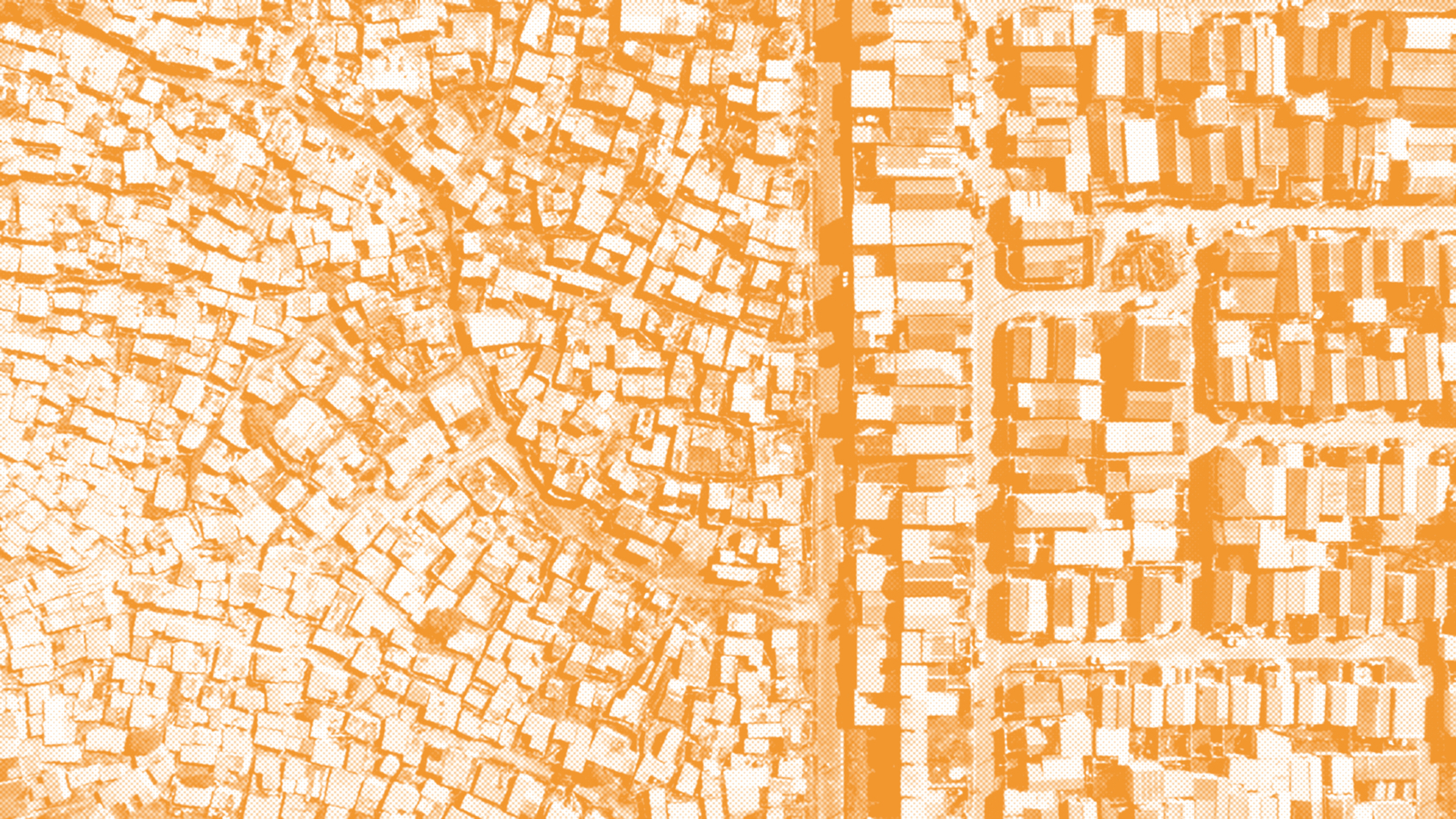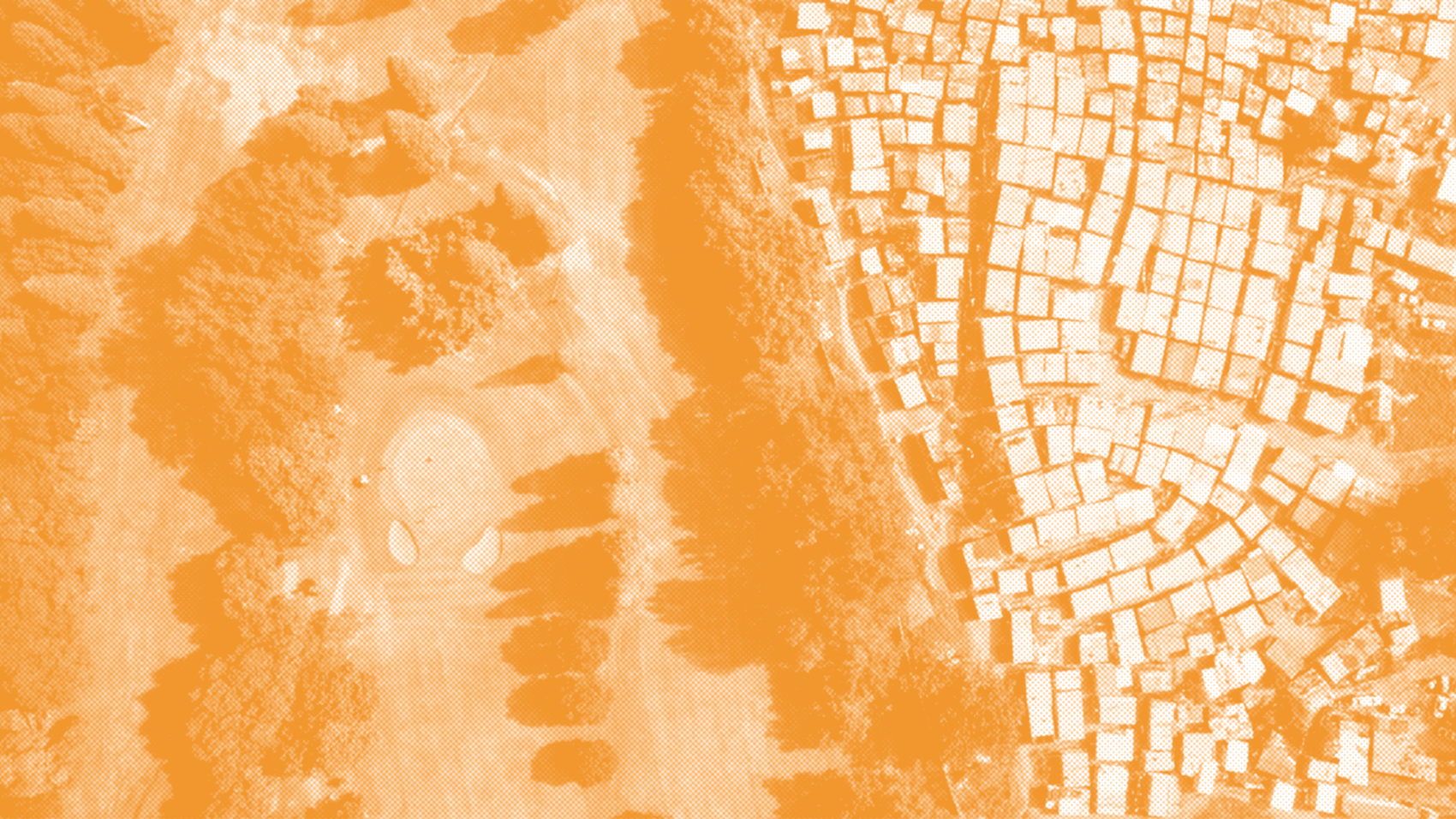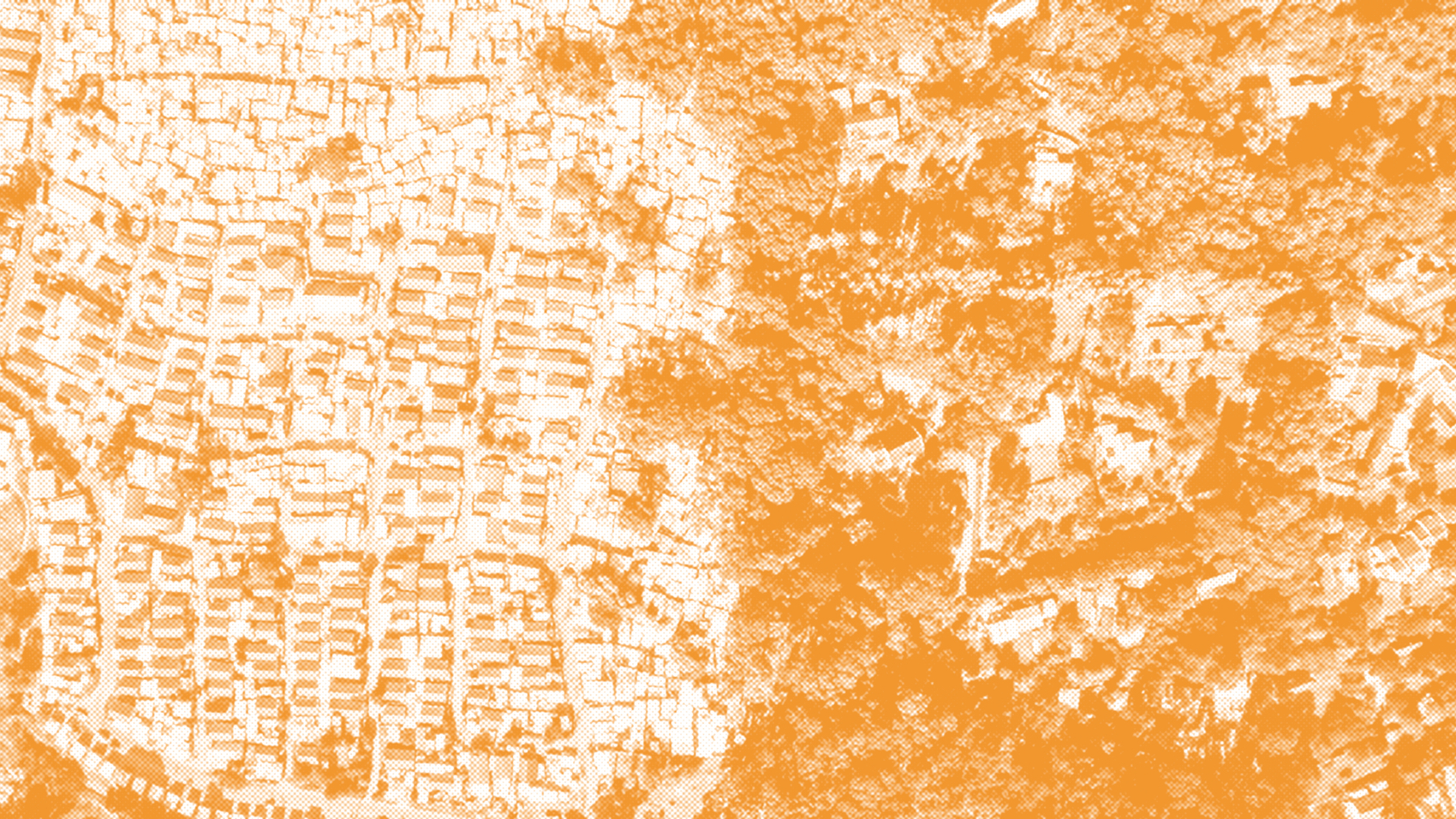about the survey
Climate change and rapid urbanisation are among the most serious challenges facing the Commonwealth; challenges which have been compounded by the effects of the Coronavirus pandemic; and an analysis of the most recent projections produced by UN Habitat reveals that nearly 50% of the projected 2.5 billion increase in the world’s urban population to 2050 will be in Commonwealth countries.
UN Habitat also estimates that 65% of the 169 targets underlying the 17 Sustainable Development Goals are linked to territorial and urban development, and built environment professionals are central to the design of cities and human settlements that meet the requirements of Goal 11 to be inclusive, safe, resilient and sustainable.
But how well equipped are the built environment professions to meet this challenge? This is the question which the four Commonwealth associations representing architects, engineers, town planners, and surveyors set out to answer in the Survey of the Built Environment Professions in the Commonwealth; the first such joint survey ever to have been undertaken.
key findings
A total of 61 questionnaires were returned across the 4 disciplines from a total of 33 Commonwealth countries representing a broad spectrum of countries across all 5 regions of the Commonwealth. The key findings of the survey reveal that:
- There is a critical lack of capacity in many of the Commonwealth countries which are rapidly urbanising and are among the most vulnerable.
- There is a lack of educational and institutional capacity to grow the professions fast enough in many Commonwealth countries.
- There is increasing recognition of weakness in built environment policy (ie planning policy and building code) in many Commonwealth countries in terms of standards, implementation, and enforcement.
The findings of the survey are clearly important if the opportunities presented by agglomeration to increase prosperity and strengthen resilience are to be realised and the risks associated with poorly planned cities, such as inequality, informality and vulnerability, are to be avoided.
what the different volumes show
The survey has been produced in three versions:
- Executive Summary: the executive summary is a short document comprising a summary of the key findings
- Key Findings: comprises the key findings together with associated summary figures and relevant background data.
- Full Survey Results: comprises the key findings together with the full survey results and relevant background data.
engaging with the issues
It is recognised that an effective response to the findings of the survey will require a multi-disciplinary, multi-sector effort. The Commonwealth Association of Architects and the Commonwealth Association of Planners have therefore been working together with the Association of Commonwealth Universities, the Commonwealth Local Government Forum and The Prince’s Foundation to develop a Call to Action on sustainable urbanisation in the Commonwealth.
Working closely in collaboration with the Rwandan Ministry of Infrastructure, the group also attended the Tenth World Urban Forum, which was hosted by UN Habitat and held in Abu Dhabi in February 2020, at which it committed to the development of an inter-disciplinary, cross-sector collaboration working to advance sustainable urbanisation in the Commonwealth.
The launch of the Survey of the Built Environment Professions in the Commonwealth coincides with a programme of online events aimed at engaging a wide stakeholder group to help develop and built momentum around a Call to Action on sustainable urbanisation across the Commonwealth, itself the prelude to a programme of activity aimed at engaging with the findings.
Other related initiatives include a pilot programme of Continuing Professional Development, to help increase knowledge around sustainable development and the SDG’s, together with an on-line data platform to serve as an accessible source of information for all those with an interest in the subject of sustainable urbanisation in the Commonwealth.
join us
If you are interested in the issues raised in the survey and/or would like to become involved in a Call to Action, please contact us at info@commonwealthsustainablecities.org.
acknowledgements
The survey has been undertaken jointly by the Commonwealth Association of Architects (CAA), the Commonwealth Association of Planners (CAP), the Commonwealth Association of Surveyors and Land Economists (CASLE) and the Commonwealth Engineers Council (CEC). The authors wish to extend their grateful thanks to all contributors and participating member organisations. The survey has been published with financial support from The Prince of Wales’s Charitable Fund and the Commonwealth Secretariat.
All images are credited to: Johnny Miller, https://unequalscenes.com/







